Penn State University Financial Position 2024: $13.755B | Capital Plan 2024-2028
Nittany Lion Latte | Penn State Two Piece Cafe Latte Mug & Saucer Set
Related:

The station was established in 1977, long before the advent of internet radio, with the goal of providing students a platform for creative expression, entertainment, and community involvement. Initially, it operated as a small, pirate-style radio station, broadcasting on a limited basis to the university campus. It mainly aired music and student-related content. Over time, the station evolved to include news, talk shows, and interviews, becoming an important part of student life and a voice for the university community.
In the early 1980s, after gaining recognition, the station was granted a temporary Restricted Service Licence (RSL) by Ofcom. This allowed it to broadcast legally on an official frequency for short periods. During this time, the station used various FM frequencies, with the exact frequency changing depending on licensing terms and specific broadcast periods.
In the 1990s, ABER Radio received an official license, enabling it to expand its reach and professionalize its operations. With this transition, the station began broadcasting online, offering a diverse range of programming from music and entertainment to news and current affairs. It also provided students with valuable experience in radio production, journalism, and broadcasting.
Our academics are set to test the gut health benefits of a seaweed extract as part of efforts to improve the nation’s health.
More: https://t.co/BHefU6dzzy pic.twitter.com/O1g0HuBqxX
— Aberystwyth University (@AberUni) January 2, 2025
✍️ Our Centre for Creativity & Wellbeing is running a ‘Marginalised Writers TakeOver Day’ on Saturday 13 July to empower marginalised writers to make their voices heard.
@AberEnglishDept @Durre_Shahwar @Grace_Quantock @isabeladonis @nothumanhead pic.twitter.com/KO0ufbsNc7
— Aberystwyth University (@AberUni) June 27, 2024
Related:
“I’m probably the only person who actually remembers pirate radio” — Bill Nighyhttps://t.co/prxB5e9Hy6 pic.twitter.com/0yO4rUtGbg
— Standards Michigan (@StandardsMich) March 22, 2024
Located on George IV Bridge, near the heart of the city’s historic Old Town. It is perhaps best known as one of the places where J.K. Rowling is said to have written parts of the early Harry Potter books.
BSI Group | Buildings & Construction
Three years into their Twinning partnership with @ZNU_University, we caught up with @durham_uni to see how their collaboration has grown and evolved.
📖 Find out the latest updates: https://t.co/llLzrZpweu#TwinForHope #Ukraine pic.twitter.com/OmIa9ZTB2r
— Universities UK International (@UUKIntl) March 27, 2025
Stray Voltage: Sources and Solutions
Abstract. Stray voltage is caused by voltage drop and ground faults and may have its origin on the primary electrical distribution system or on the customer’s secondary electrical system. The rms value of the neutral-to-earth voltage along a primary distribution line may be at a value of zero some distance from the substation depending on the condition of the conductor resistances, grounding resistances, and the amount of load. Neutral-to-earth resistance is not the cause of stray voltage; however, the value of this resistance to earth at a particular location will affect the level of stray voltage. A four-wire single-phase feeder system supplying farm buildings from a single metering point is effective in preventing on-farm secondary neutral voltage drop, provided the four-wire system is extended to all farm loads, and provided no high-magnitude ground faults are present. Isolation of the primary and secondary neutral systems at the distribution transformer is effective in preventing off-farm sources from entering the customer’s system. This separation may be accomplished using a number of commercially available devices.
CLICK HERE for access to the entire paper
Starting soon! https://t.co/JL03EIEMqo pic.twitter.com/Ttpp4TA8jr
— Wendy Bohon, PhD 🌏 (@DrWendyRocks) December 28, 2023
This content is accessible to paid subscribers. To view it please enter your password below or send mike@standardsmichigan.com a request for subscription details.
Mother’s Day is celebrated on different days in different countries and regions. However, here is a list of some countries and the dates:
United States: Second Sunday in May
United Kingdom: Fourth Sunday in Lent
Australia: Second Sunday in May
Canada: Second Sunday in May
New Zealand: Second Sunday in May
India: Second Sunday in May
Mexico: May 10th
Japan: Second Sunday in May
France: Last Sunday in May or First Sunday in June
Germany: Second Sunday in May
Italy: Second Sunday in May
Brazil: Second Sunday in May
Egypt, Mother’s Day is celebrated on March 21st.
Israel, Mother’s Day is celebrated on the 30th day of the Jewish month of Shvat, which usually falls in February.
India, Mother’s Day is not an official holiday, but it is celebrated on the second Sunday of May, the same as in the United States.
Japan, Mother’s Day is celebrated on the second Sunday of May, but it is not a public holiday.
South Africa, Mother’s Day is celebrated on the second Sunday of May, the same as in the United States.
Thailand, Mother’s Day is celebrated on August 12th, which is the birthday of Queen Sirikit, the current queen consort of Thailand.
Today our focus turns to outdoor electric deicing and snow melting wiring systems identified as suitable for the environment and installed in accordance with the manufacturer’s instructions. They work silently to keep snow load from caving in roofs and icicles falling from gutters onto pedestrian pathways.
While the voltage and ampere requirement of the product itself is a known characteristic, the characteristic 0f the wiring pathway — voltage, ampere, grounding, short circuit, disconnect and control — is relatively more complicated and worthy of our attention. Articles 426-427 of the National Electrical Code is the relevant part of the NEC
Free Access 2023 National Electrical Code
Insight into the ideas running through technical committee deliberations is provided by a review of Panel 17 transcripts:
2023 NEC Panel 17 Public Input Report (633 pages)
2023 NEC Panel 17 Public Comment Report (190 pages)
We hold Articles 427 in the middle of our priority ranking for the 2023 NEC. We find that the more difficult issues for this technology is the determination of which trade specifies these systems — architectural, electrical, or mechanical; covered in previous posts. Instead, most of our time will be spent getting IEEE consensus products in step with it, specifically ANSI/IEEE 515 and IEEE 844/CSA 293.
Comments on the Second Draft of the 2026 NEC will be received until April 18th.
…
We collaborate with the IEEE Education & Healthcare Facility Committee which meets online 4 times per month in European and American time zones. Since a great deal of the technical basis for the NEC originates with the IEEE we will also collaborate with IEEE Standards Coordinating Committee 18 whose members are charged by the IEEE Standards Association to coordinate NFPA and IEEE consensus products.
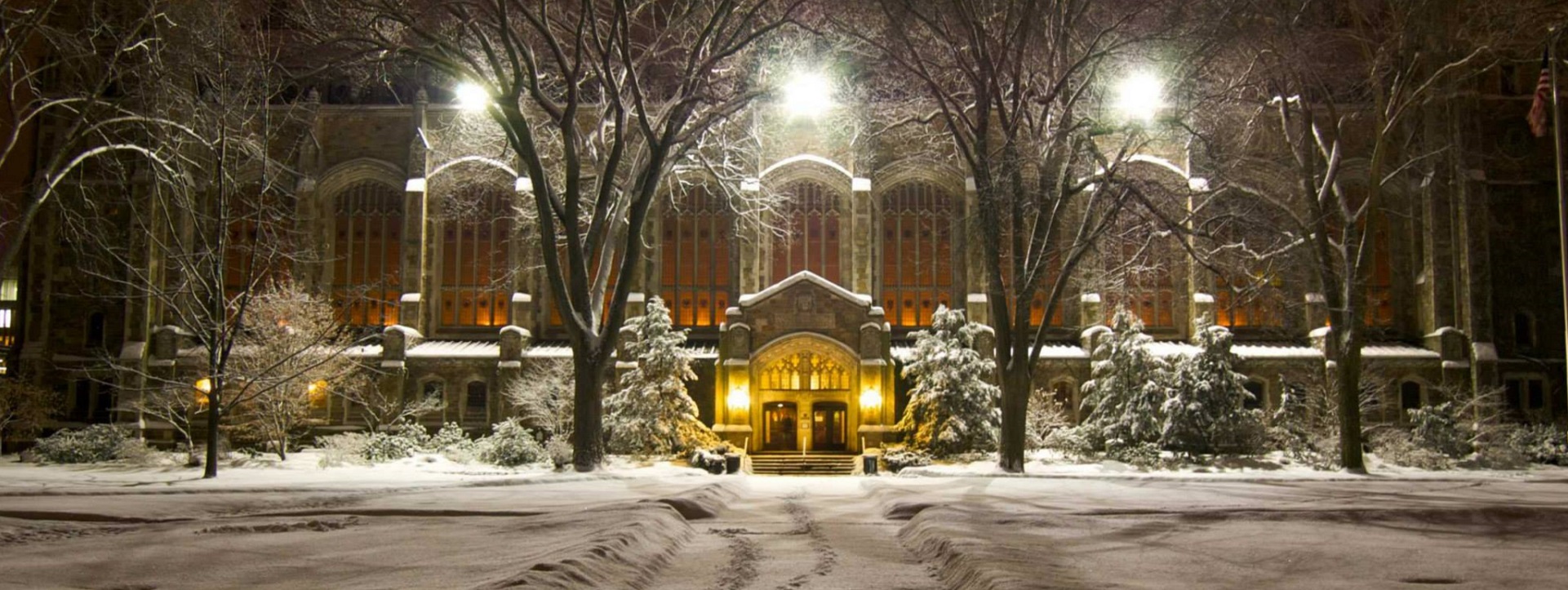
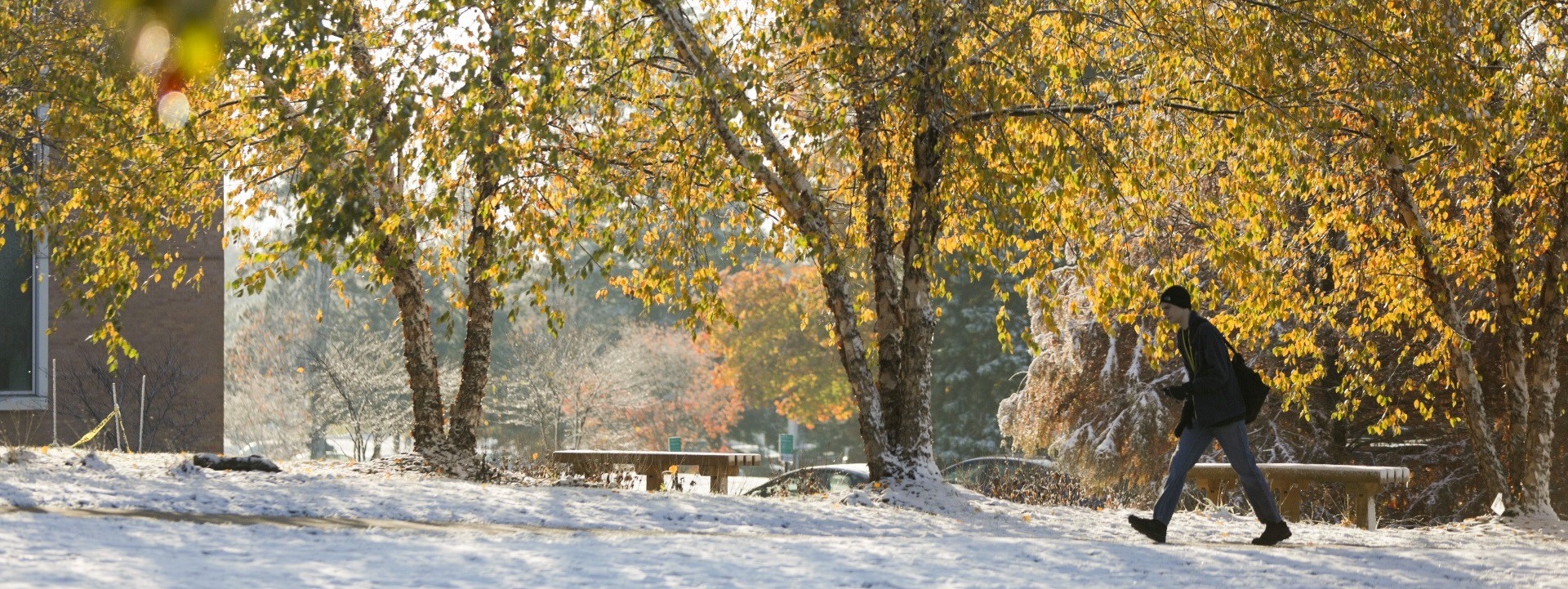
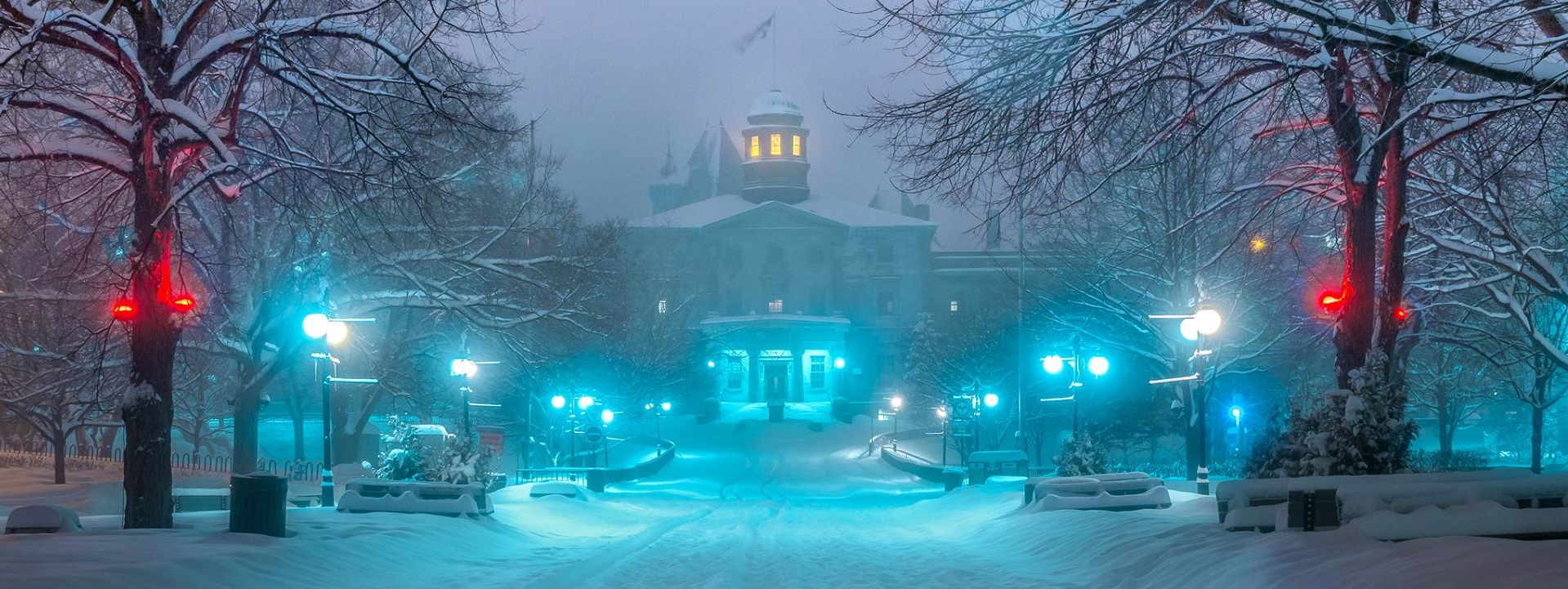
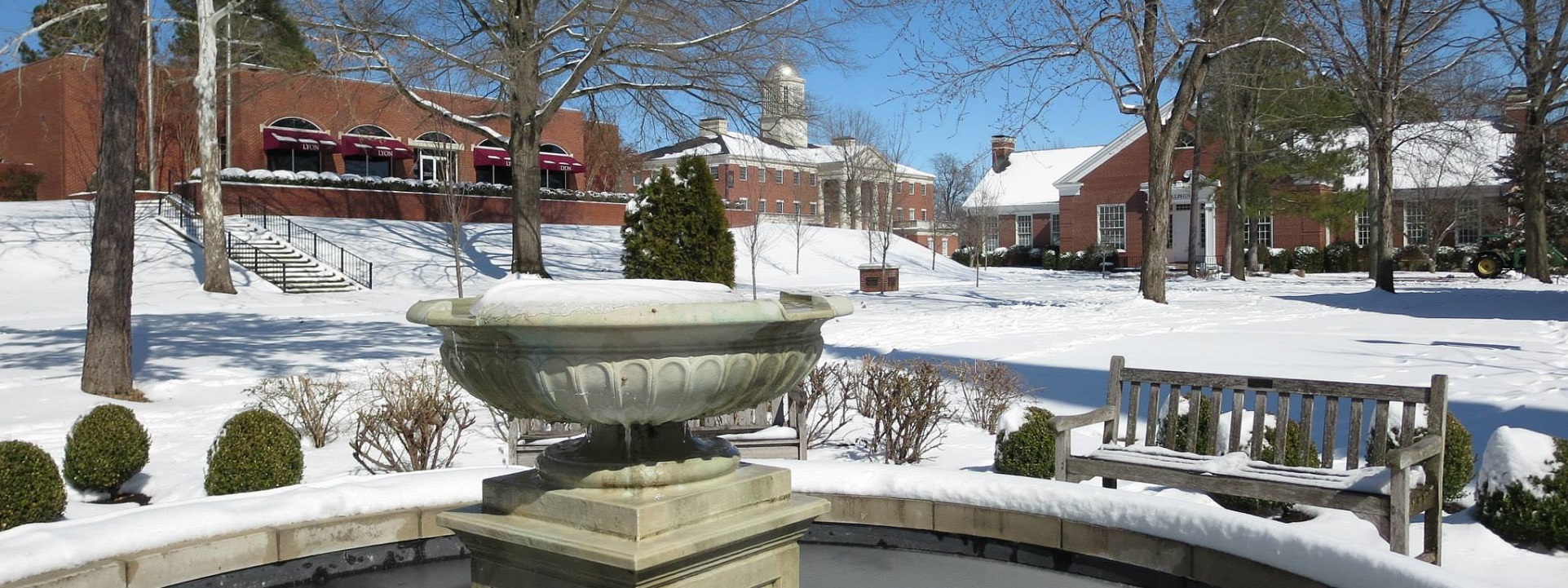
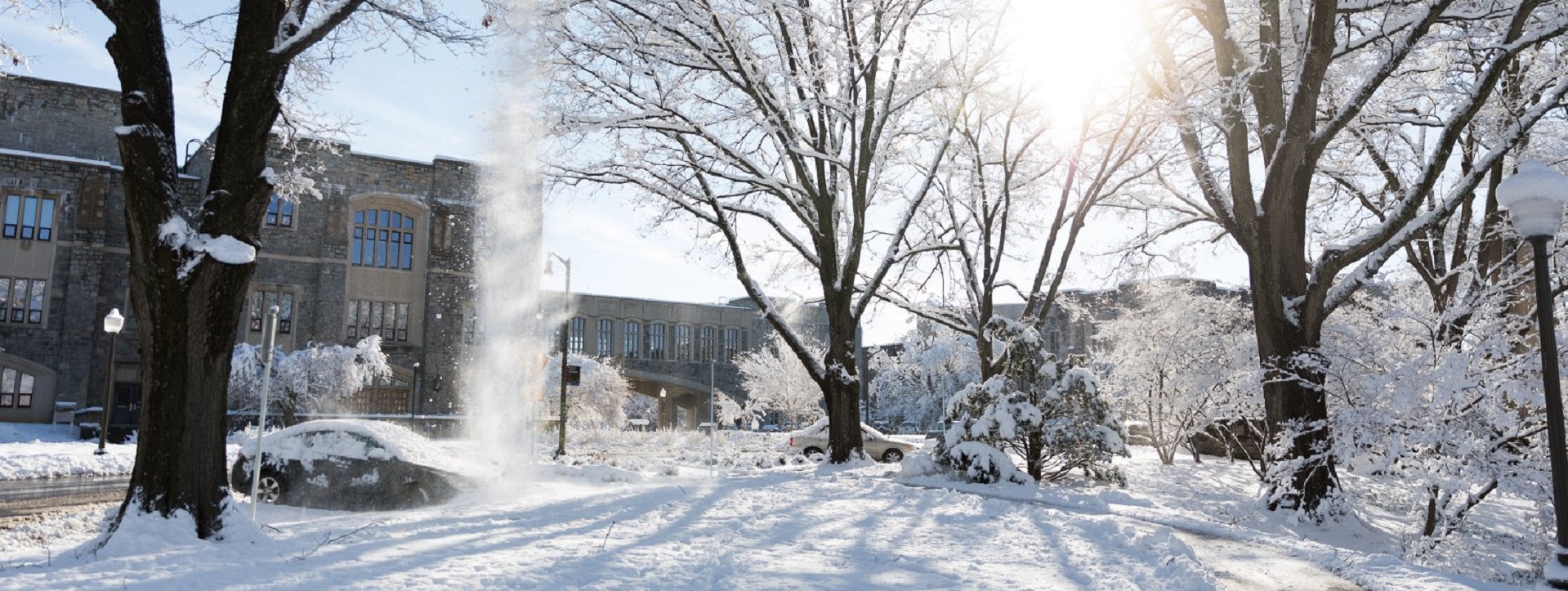
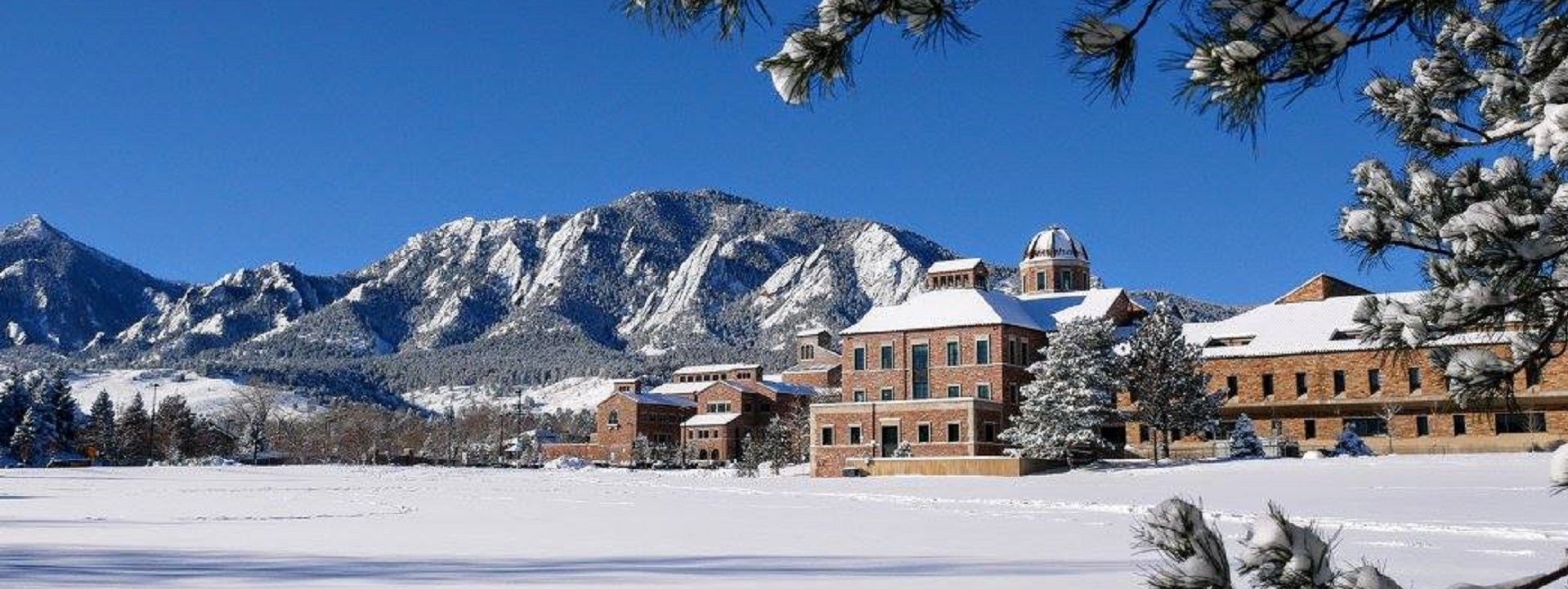
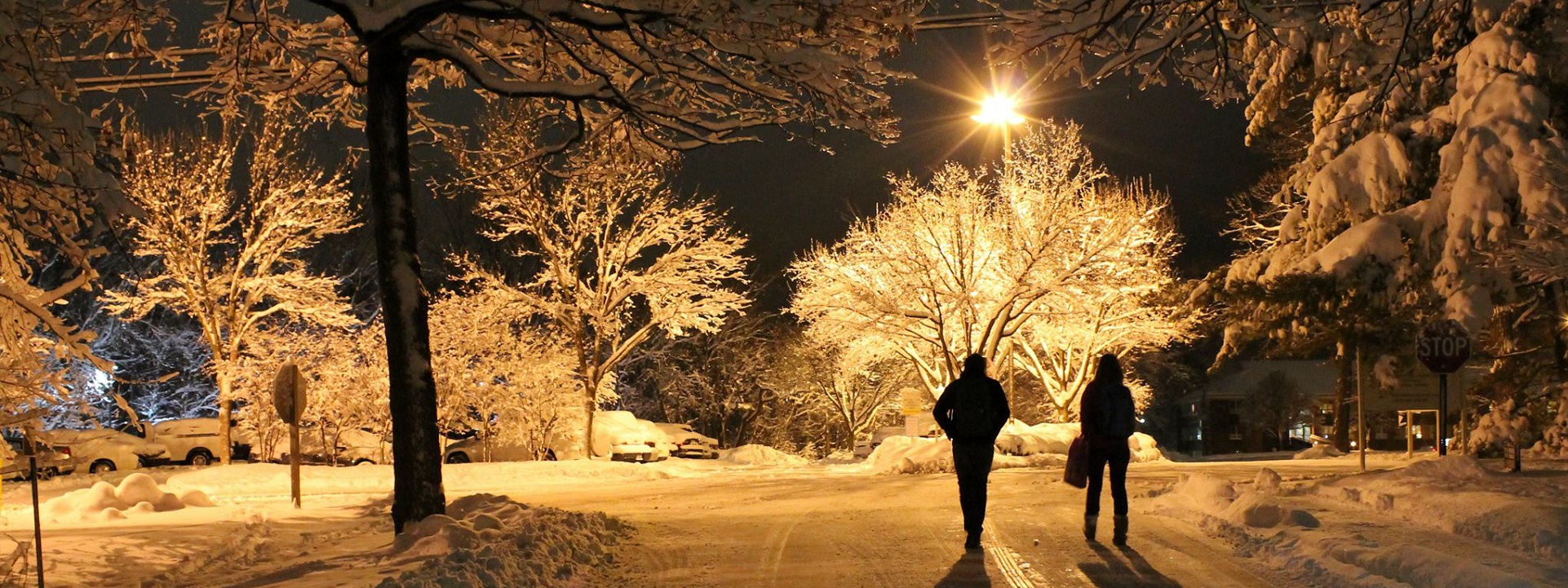
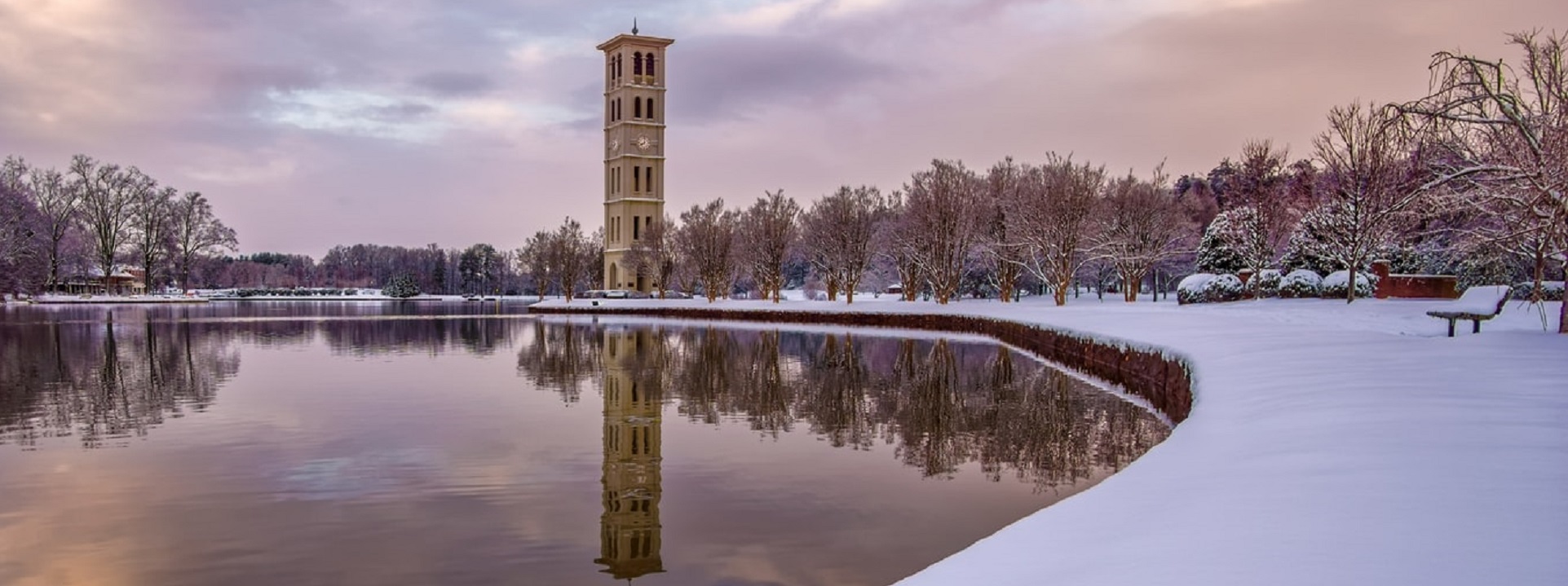
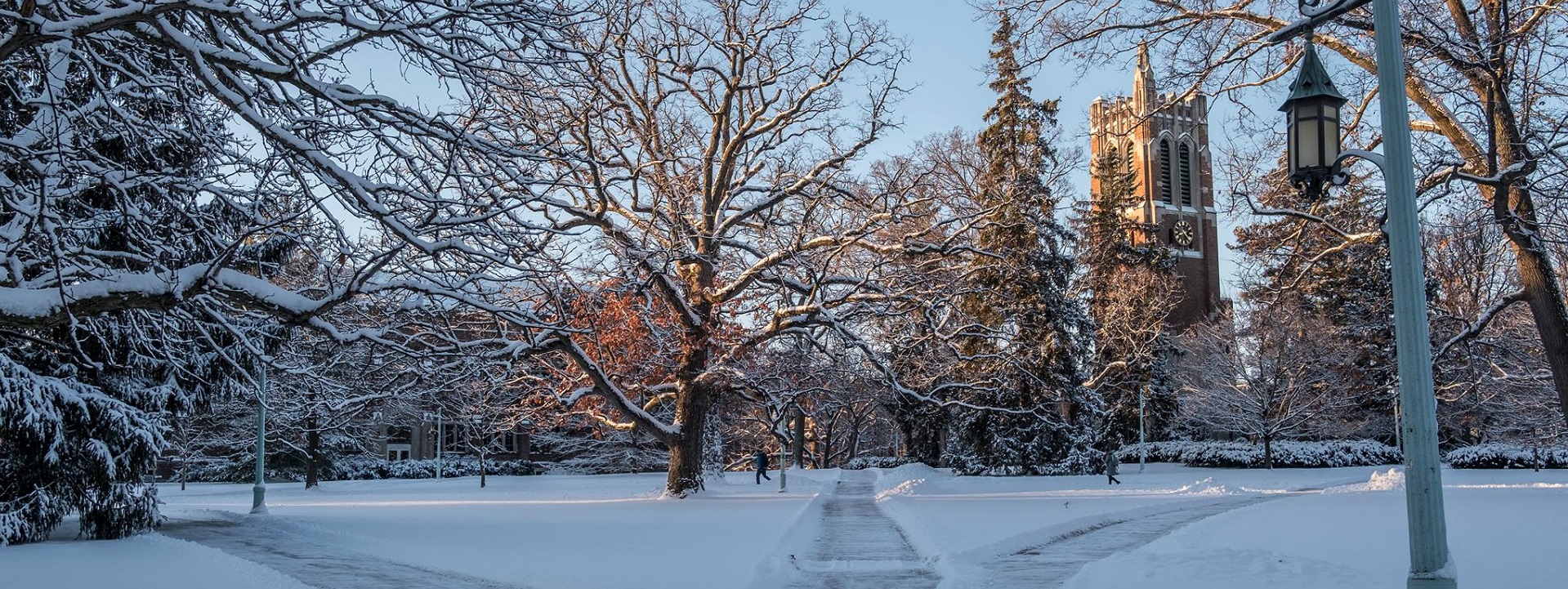
Issue: [19-151]
Category: Electrical, Energy
Colleagues: Mike Anthony, Jim Harvey, Kane Howard, Jose Meijer
LEARN MORE:
Student radio stations are learning platforms for aspiring broadcasters and media professionals. They offer practical training and hands-on experience in radio production, programming, and broadcasting. Many educational institutions with student radio stations integrate these stations into their curriculum, providing students with the opportunity to apply theoretical knowledge in a real-world broadcasting setting.
Standards Ontario | Financial Position 2023 (-$35,047,000) Page 19
Canadian Parliament Debate on Standards Incorporated by Reference
University of Alberta: The evolution of elite hockey culture in Canada
New update alert! The 2022 update to the Trademark Assignment Dataset is now available online. Find 1.29 million trademark assignments, involving 2.28 million unique trademark properties issued by the USPTO between March 1952 and January 2023: https://t.co/njrDAbSpwB pic.twitter.com/GkAXrHoQ9T
— USPTO (@uspto) July 13, 2023
Standards Michigan Group, LLC
2723 South State Street | Suite 150
Ann Arbor, MI 48104 USA
888-746-3670
